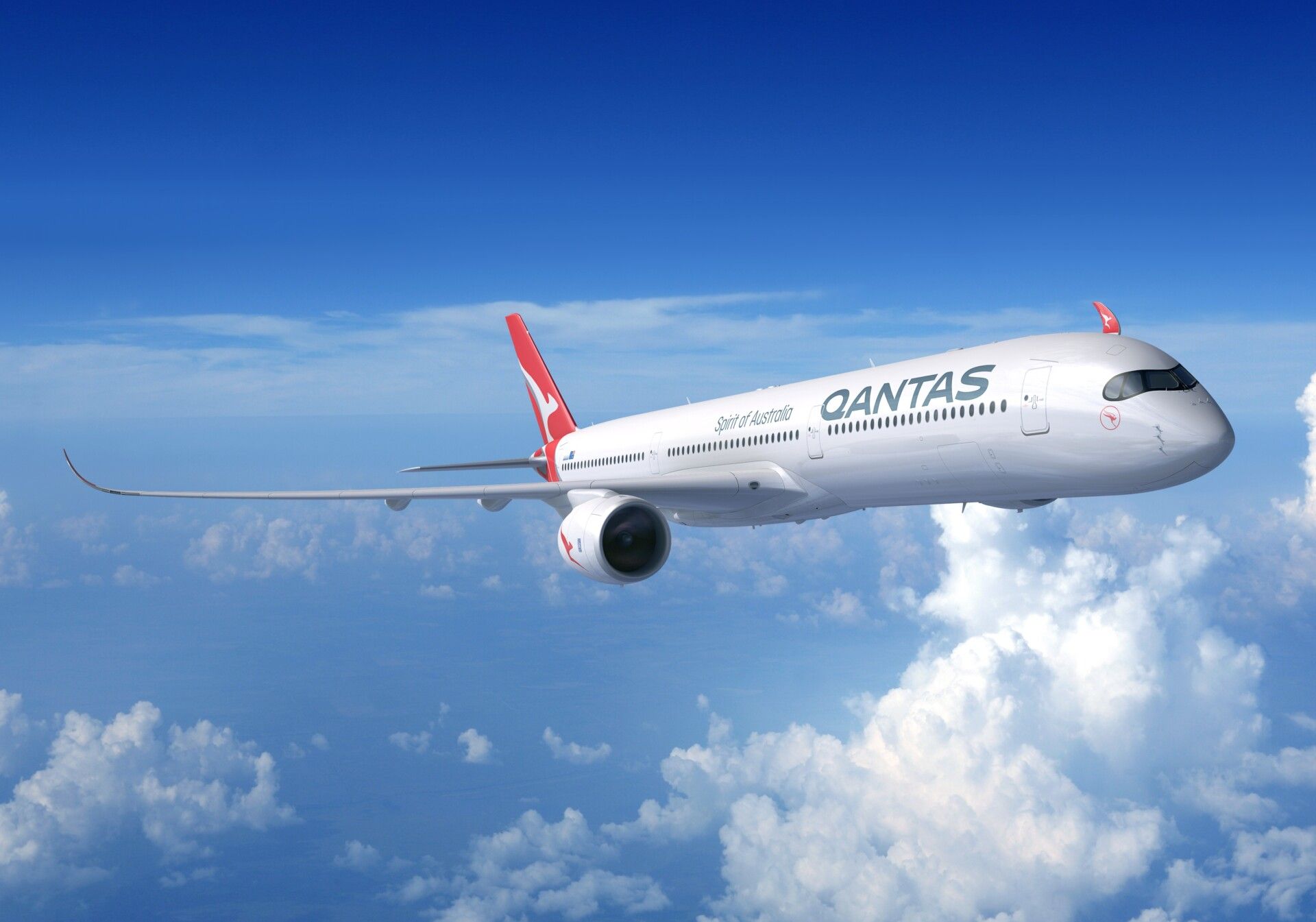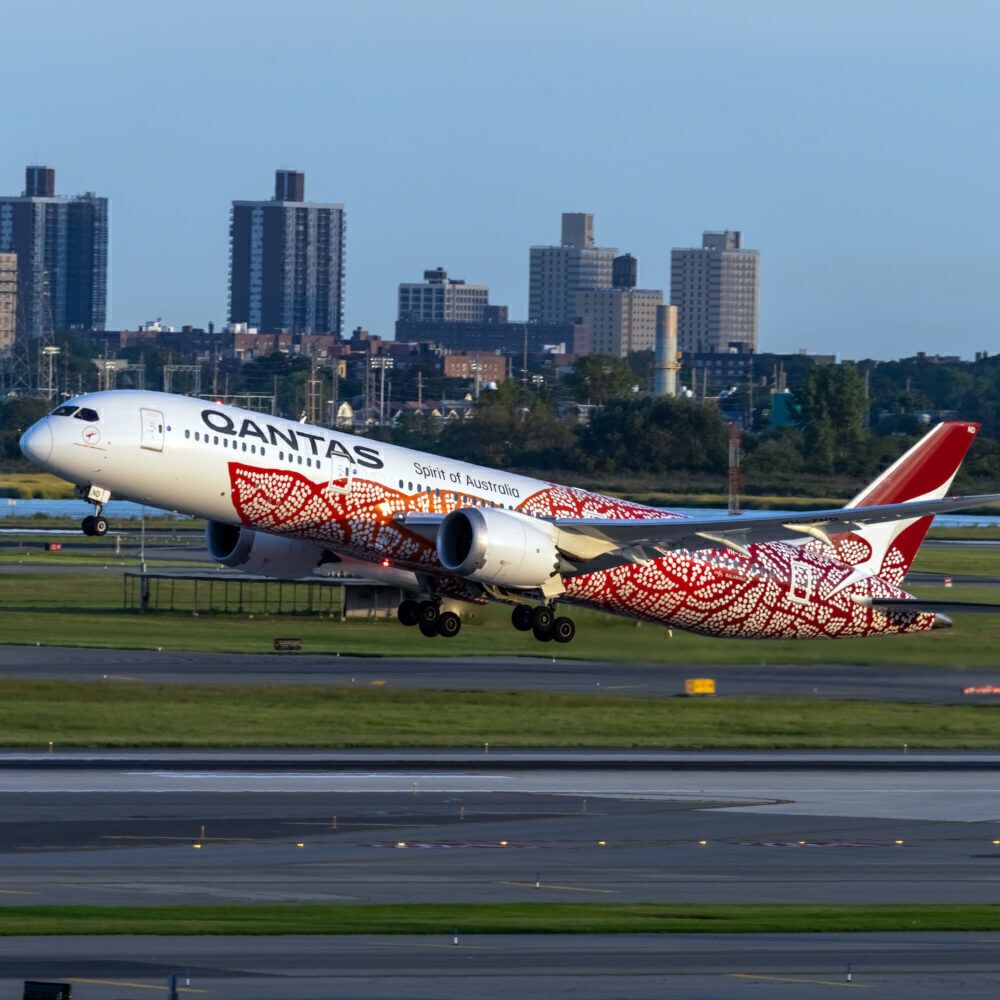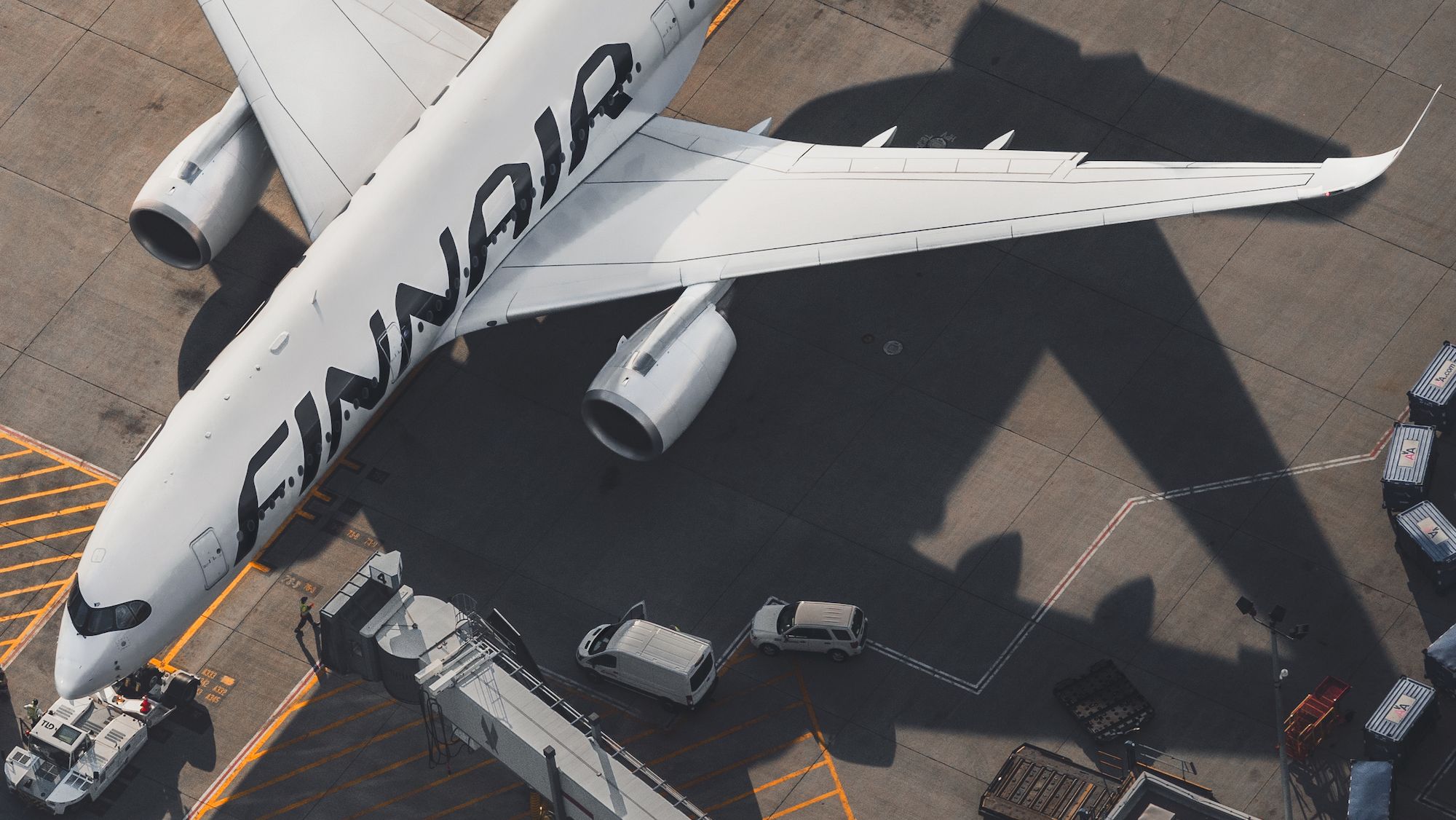Over the last year or so, Australians have lamented the fact that too little capacity was available, and this was the reason airfares were becoming out of reach, particularly on international routes. This morning Qantas blew that notion out of the water, announcing its plans to add around one million extra seats to its international network over the next twelve months.
Airlines across Asia-Pacific have taken a steady as-they-go approach to returning capacity, with most happy to see passenger load factors climb rather than pumping up supply. With Australia's flag carrier Qantas announcing a half-yearly profit higher than it was making in a full pre-pandemic year, the airline is today making a bold statement about its recovery and the future.
Perhaps the most telling point is that Qantas plans to add wet lease capacity in the form of two Airbus A330s from oneworld partner Finnair rather than wait for its own fleet to fully return to service. This is despite the fact that it has more new Boeing 787 Dreamliners on the way and another Airbus A380 undergoing maintenance and refurbishing that will rejoin the fleet at the end of the year.
Where will the million seats be heading?
Qantas said that from October this year, it will add one million more seats to its international network over twelve months, compared to its current schedule. In terms of post-COVID recovery, this means that by March 2024 the airline will be at 100% of 2019 international capacity, up from the 44% it was a year ago and today's level of 84%. The key takeaway points include:
- More flights to Tokyo, Los Angeles and New York
- Doubling the flight frequency between Australia and Japan to four daily services
- Launching two new international routes from Brisbane
- Two Finnair Airbus A330s to be leased from Finnair
- Qantas will train around 300 more pilots and cabin crew to support the extra flights
Some of these increased services are almost upon us, with the airline resuming services from Australia to San Francisco next week. June looks like a particularly vibrant month with the start of Sydney to New York JFK via Auckland service, definitely a teaser for Projet Sunrise flights, and the resumption of seasonal services to Rome and between Melbourne Airport (MEL) and Hong Kong.
The CEO is still flying the plane
While his successor, Vanessa Hudson, is poised to take over the chair in November, long-time CEO Alan Joyce recently said he has an extensive list of things to do before he completes the handover. Speaking today he said:
"The rebound in demand for international travel since borders reopened has been incredibly strong and this boost to our network will add hundreds of thousands of seats in time for the busy Australian summer holiday period.
"While airlines globally are working to restore capacity to meet demand, there is still a mismatch between supply and demand for international flying. But with more of our aircraft back, new 787s joining our fleet and our contract with Finnair, we've got more seats for our customers and more opportunity for Qantas' crew as we increase our own flying."
The deal with oneworld partner airline Finnair means that from late October, the Finnish carrier will fly Qantas flights between Sydney and Singapore. Finnair will operate its Airbus A330 on all Qantas flights between Sydney and Bangkok from late March 2024, with the wet lease being put in place to free up Qantas aircraft and crews to boost flying on other routes.
In a nice piece of transparency, Qantas outlined how the deal will work, which may well cause consternation between Qantas Pilot and cabin crew unions here in Australia. The airline said that for the first two and a half years of the agreement, flights will be operated by Finnair pilots and cabin crew, with customers enjoying Qantas inflight food and beverage service, amenities, inflight entertainment and baggage allowances. From late 2025, two Finnair A330s will be dry leased and will operate for up to three years with Qantas pilots and cabin crew, which the airline says will "create new jobs and further promotional opportunities within Qantas."
Since December 2022, Qantas has returned five international aircraft to its fleet, some of which came out of long-term storage in the Californian desert. The carrier received a new Boeing 787-9 Dreamliner earlier this month, and two more are due in June. Returning the Airbus A380s to service has been a major exercise, with the latest being reactivated out of the Victorville storage facility in the Californian desert and returning to service in January. An additional A380 will return to work at the end of this year following maintenance and modifications to the cabin.
More crews are also on the horizon
Qantas also announced today that construction had started on its new flight training center in Sydney. The center is due to open in early 2024 and will be able to train up to 4,500 Qantas and Jetstar pilots and cabin crew annually.
The new facility will have room for eight full-motion flight simulators, including for the Project Sunrise Airbus A350 aircraft. The simulators will be supplemented by flight training devices, aircraft cabin mockups with emergency procedures equipment and classroom and training facilities. The simulators and training equipment will be maintained by CAE, who will also manage the center's day-to-day operations.
Senior captains from Qantas and Jetstar will train pilots from the respective airlines, who typically do four simulator sessions annually to remain current, while it takes up to 15 sessions when training for a new aircraft type rating. Over the next decade, Qantas Group expects to create more than 8,500 jobs, including 1,600 new pilot positions and 4,500 new cabin crew roles. Joyce said the airline would receive an average of one new aircraft every three weeks for the next three years, with the new simulators a vital part of that expansion.
"Sydney will be the launch city for our nonstop flights to London and New York and will soon be the home of pilot training for the A350s, which will operate these flights from late 2025."
The center will house full flight simulators for training on Airbus A350, A330 and A320 aircraft, and for Boeing 787 and 737 aircraft, while flight training devices will be there for A380, A330 and 787 types.
What do you think of Qantas' expansion plans? Let us know in the comments.

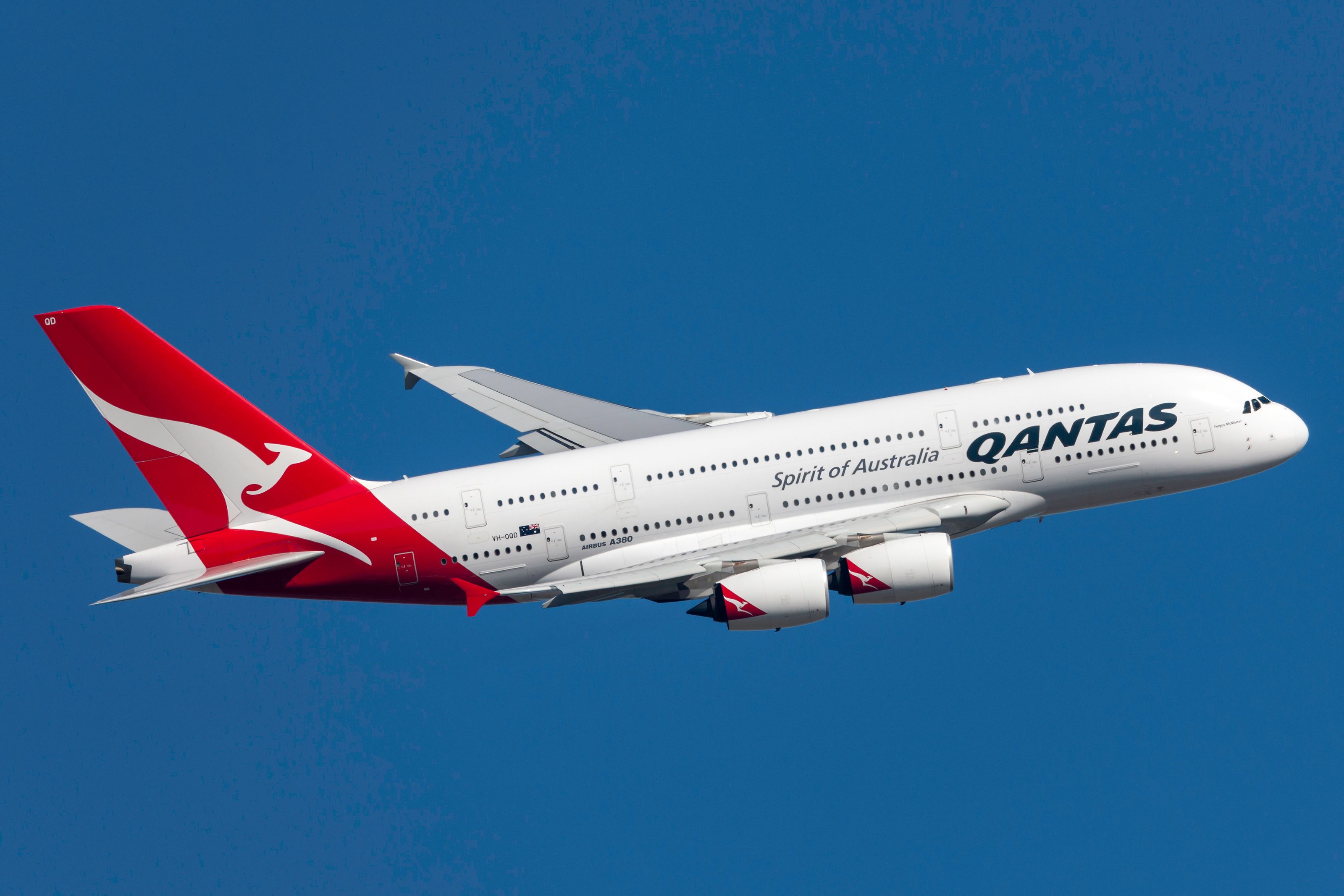
-LHR-Pace.jpeg)
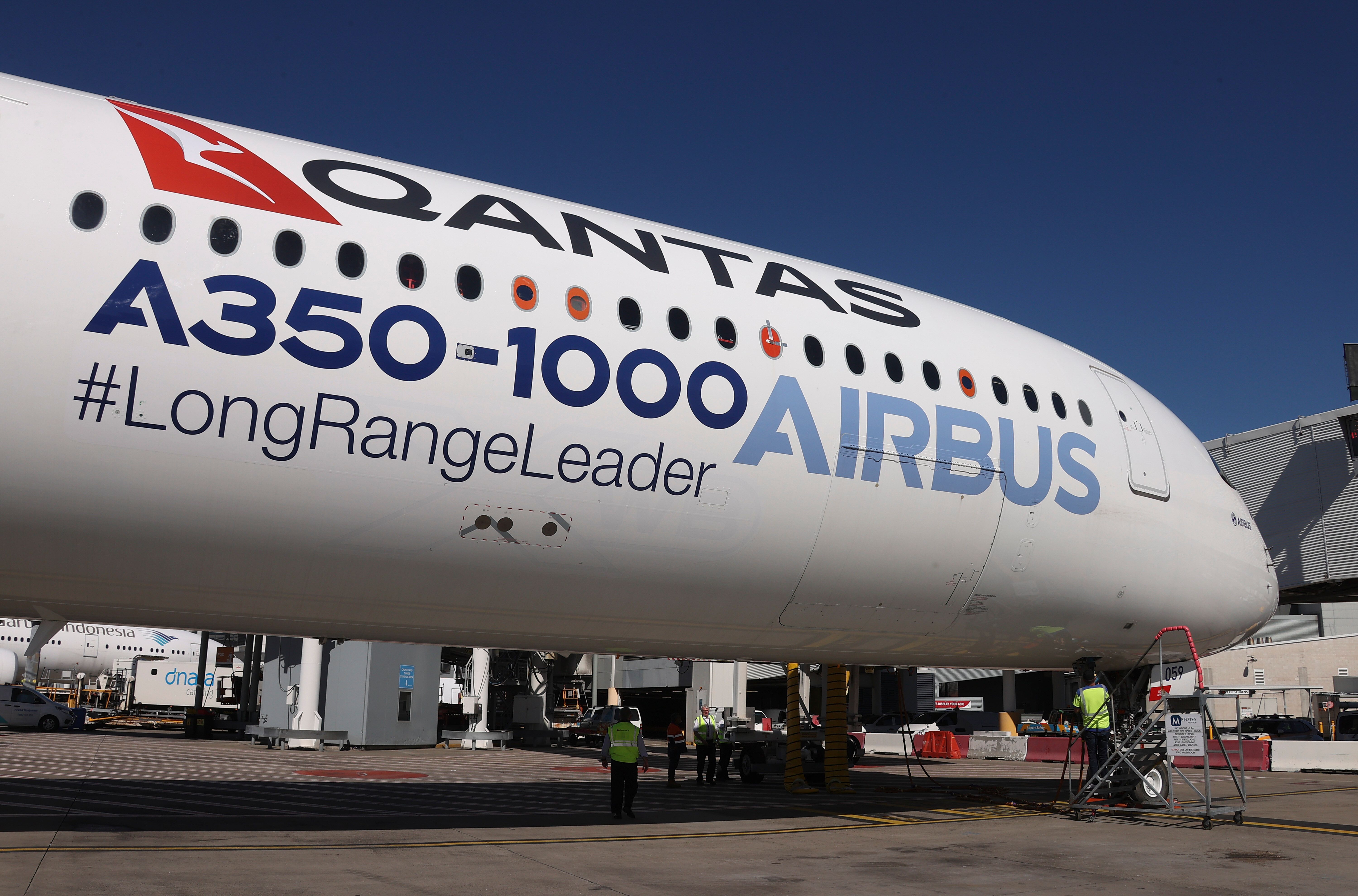
.jpg)
